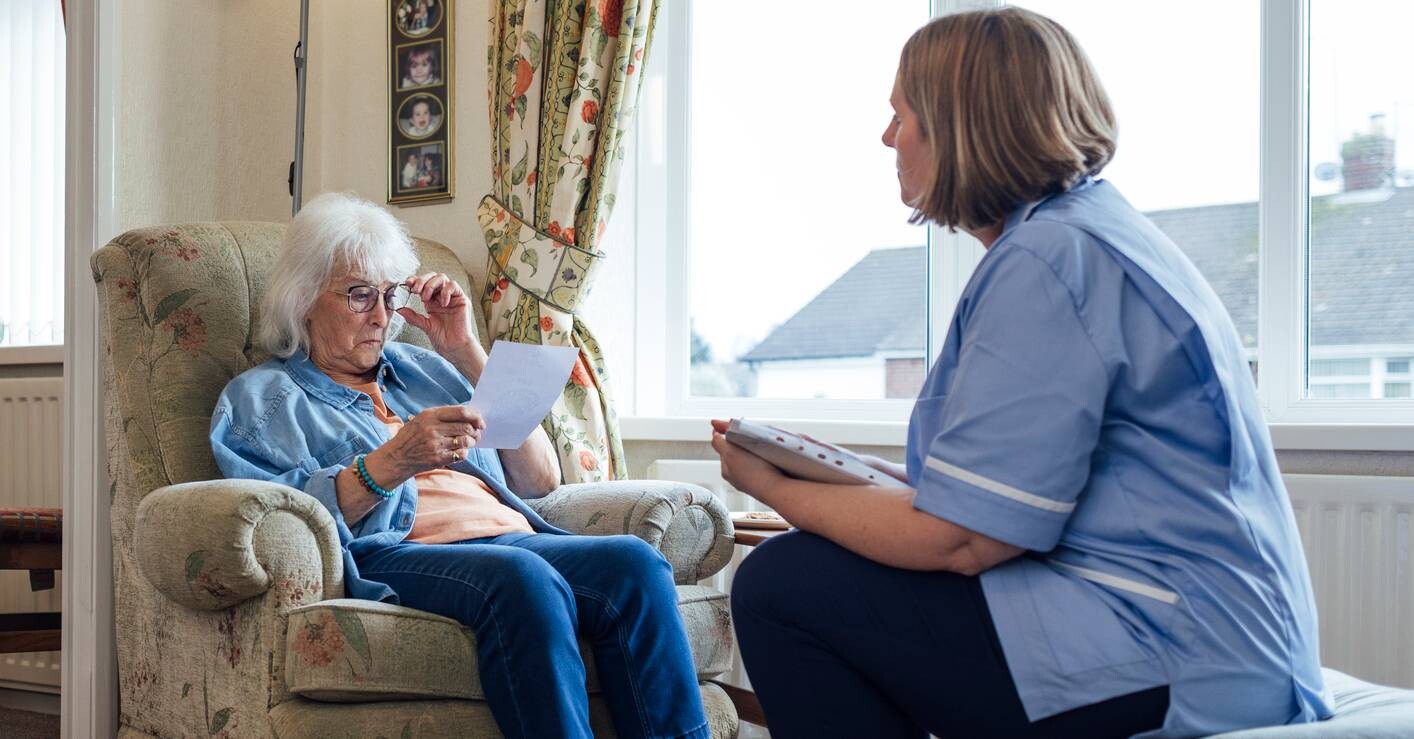Investment and role models vital to grow community workforce

A community nursing leader has stressed the value of sharing the experience of strong role models to help ‘invest and grow’ the community nursing workforce to deliver more care closer to home.
Speaking on a panel at The King’s Fund yesterday (27 September), Dr Crystal Oldman CBE, chief executive of The Queen’s Nursing Institute, also said that increased investment and placement opportunities for student nurses were key to developing the future community nursing workforce.
Related Article: New preceptorship package for social care nurses
She warned that more community placement opportunities are needed to provide ‘excellent role models’ and improve understanding of what community nursing involves.
‘Until we provide role models and change the narrative around the possibilities of nursing in the community, we will find student nurses will always gravitate towards wanting to work in the hospital, because we haven’t made it explicit what is possible in the community,’ she said.
Dr Oldman said lack of investment into the community is ‘partly caused’ by a lack of understanding of the ‘capabilities’ of professionals in the community.
Related Article: Funded nurse workforce plan needed for neighbourhood health services
‘Our work is so hidden behind closed doors, we’re not going to be able to realise care closer to home, unless we invest and grow that workforce,’ she said.
The recent Darzi Review into the NHS found that a lack of investment in community services and the nursing workforce had left the NHS in a ‘critical condition,’ with ‘too little’ being spent on capacity in the community.
Related Article: Nurse had to ‘freeze’ PPE during pandemic to re-use in care home, Covid inquiry hears
In the same week, the Royal College of Nursing (RCN) warned that specialist nurse numbers in England are set to ‘half in size’ compared to two decades ago.

See how our symptom tool can help you make better sense of patient presentations
Click here to search a symptom




